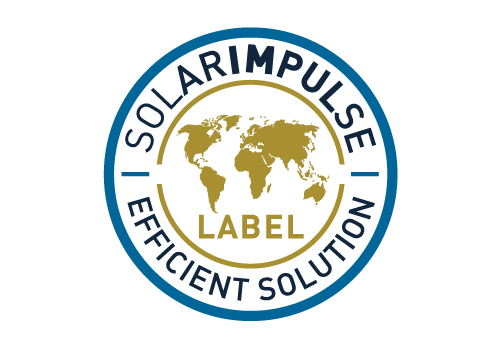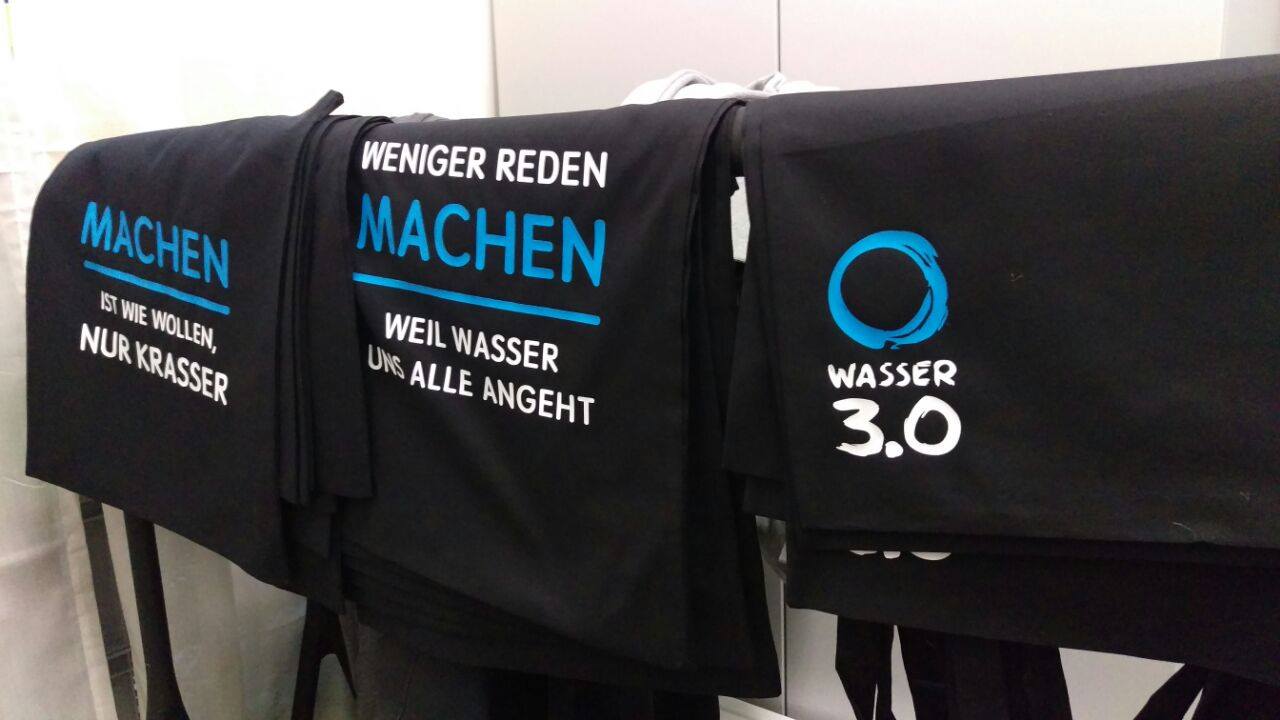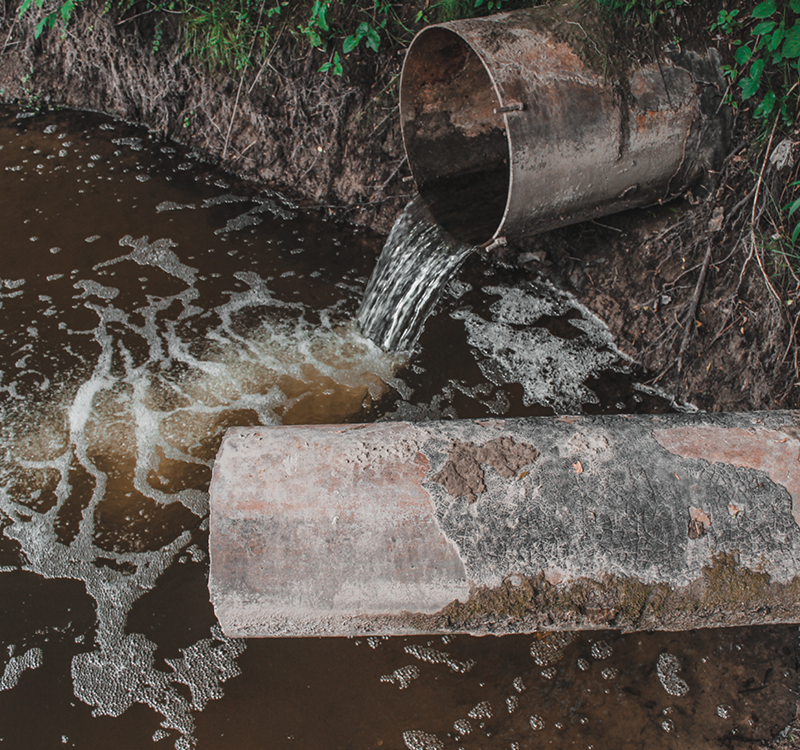
Solar Impulse Efficient Solution Label
30. January 2021
The Value of Water
22. March 2021Insights about
PFCA analysis
Perfluorocarboxylic acids (PFCAs) are anthropogenic organic compounds
with very unique and useful properties, e.g. surfactant properties and immense stability. These substances are nowadays widely used in many industrial and consumer products and summarized as micropollutants. Their presence in human, biological and environmental samples throughout the world has been described in numerous research articles. Unfortunately, PFCAs have also been found to be toxic, persistent and bioaccumulative. Therefore, there is a great need for a constant and reliable detection of PFCAs in various matrices.
Nowadays, the analysis of PFCA based on liquid chromatography coupled to mass spectrometry (LC-MS and LC-MS/MS) is considered to be the method of choice. Determination of PFCAs by gas chromatography (GC) is not so well established as the LC methods. Nevertheless, gas chromatography can be considered as a complementary method, which can help to gain more reliable results and to crosscheck the LC analysis.
In our mini-review for Analytik NEWS we present our latest results.
In our mini-review for Analytik NEWS we present our latest results.







